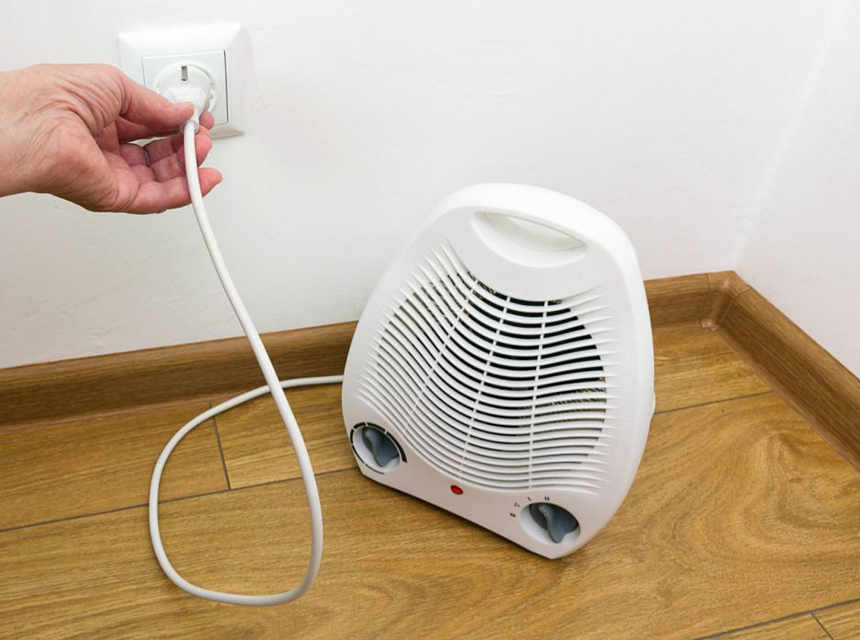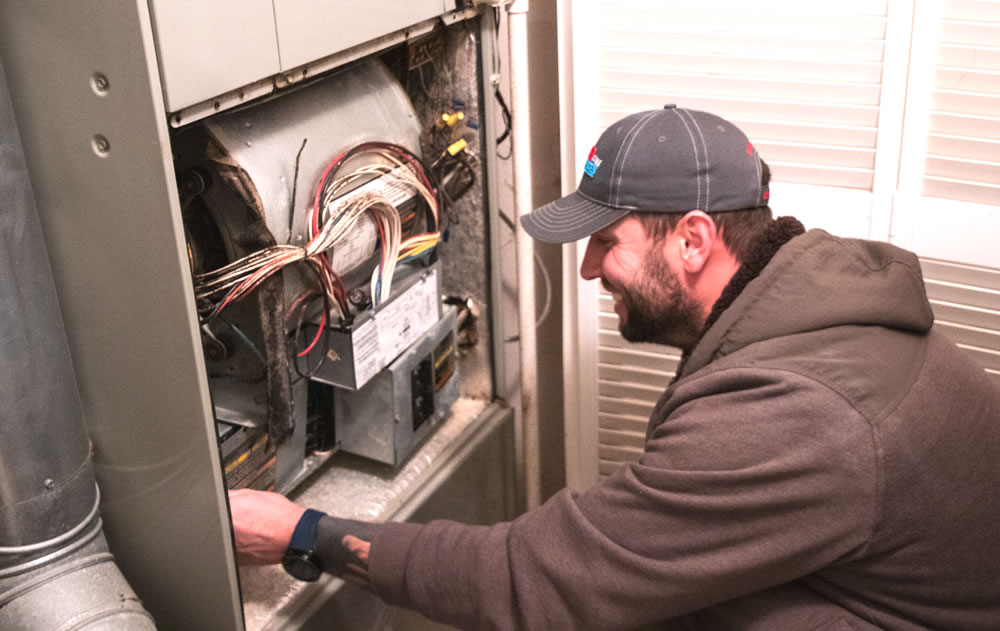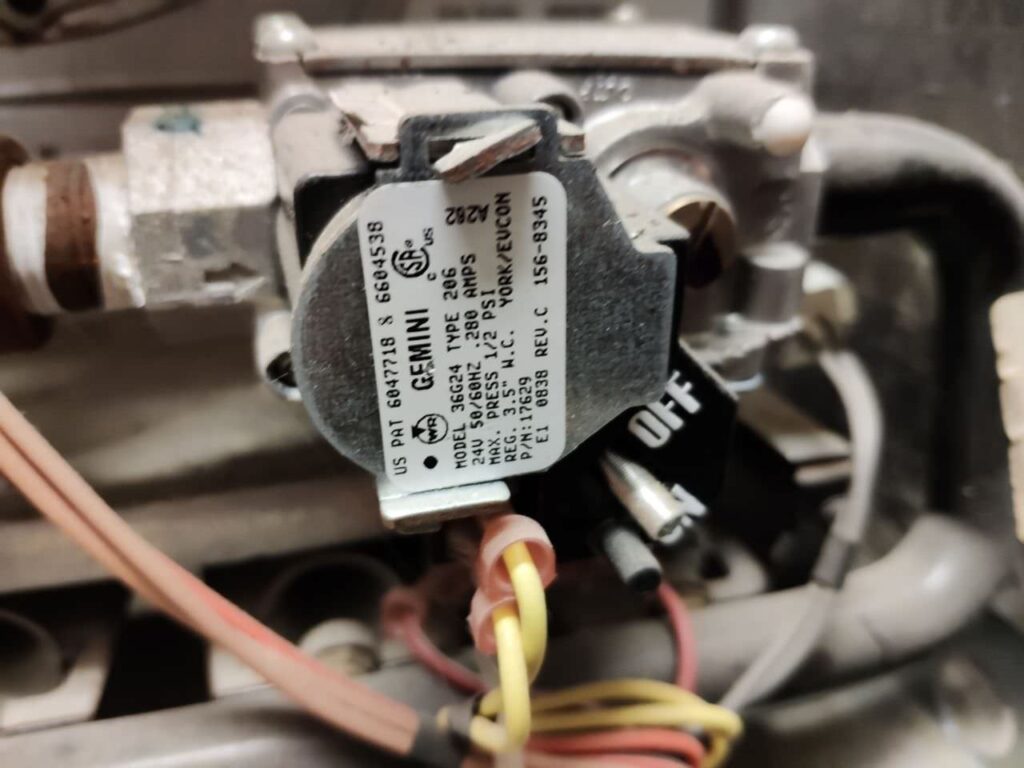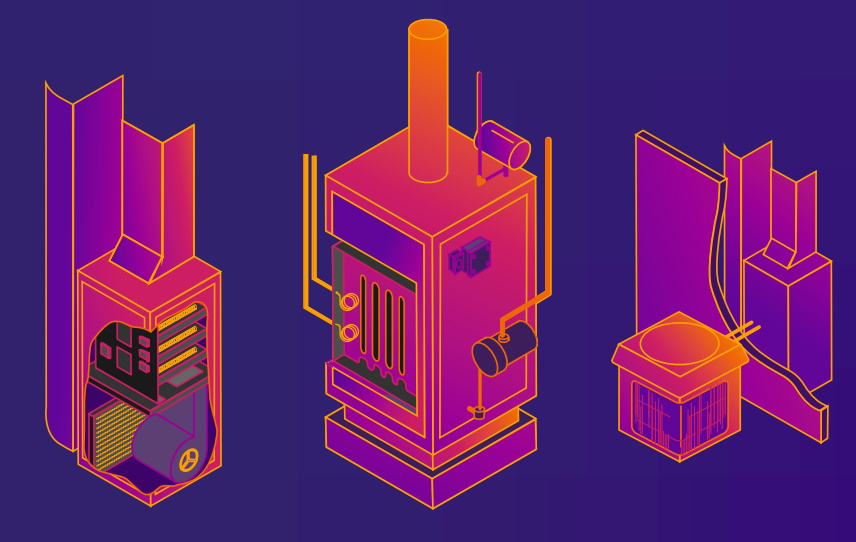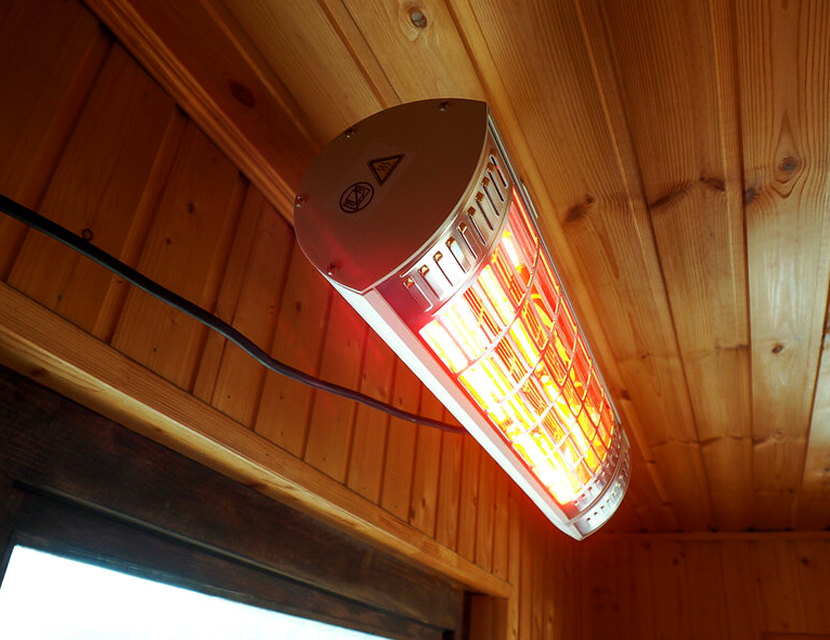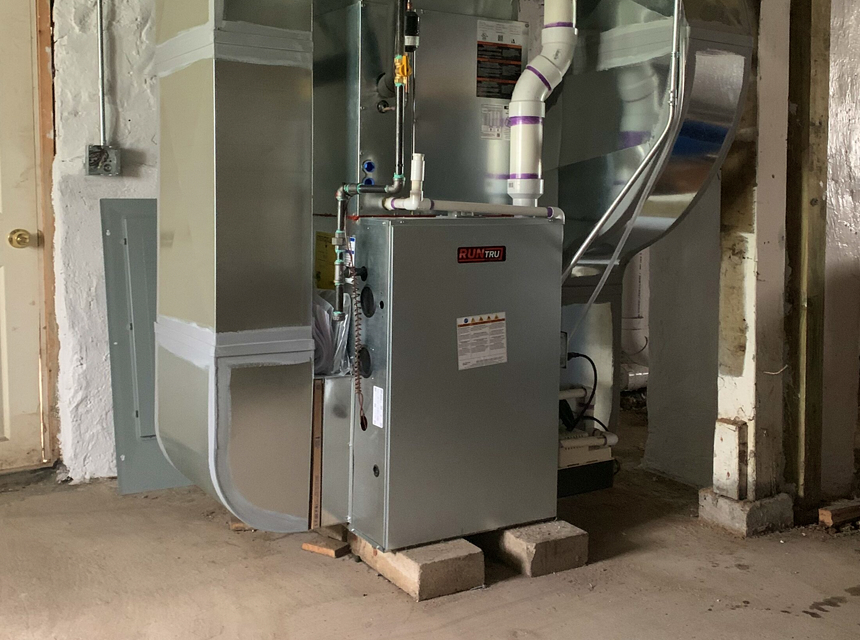

There are few things as enjoyable as relaxing with your loved one in front of a fireplace on a cold night. Fireplaces Trusted Source Fireplace - Wikipedia A fireplace or hearth is a structure made of brick, stone or metal designed to contain a fire. Fireplaces are used for the relaxing ambiance they create and for heating a room. Modern fireplaces vary in heat efficiency, depending on the design. en.wikipedia.org not only bring comfort to you and your loved ones, but these great centerpieces can bring style, sophistication, and class to any room. Gas fireplaces come with many advantages, including being cheaper to run. There might come a time, though, when your fireplace will develop faults. If such a thing happens, the information in this gas fireplace troubleshooting article will help you make the right steps in correcting the defects.
When faults happen, you don’t have to panic. The cause of the problem is likely something that you can fix yourself without calling the services of a professional. In this post, we will see some of the common problems and how you can solve them.
Many of our readers have asked whether they can troubleshoot their gas fireplace by themselves. While you certainly can troubleshoot it yourself, we do not recommend that you carry out repairs yourself. Why? Because it is dangerous. If you are unsure what the problem is or where it comes from, it would be better to hire the services of a professional. If there is a gas leak, you could cause a gas explosion with your fiddling.
While there are different things to consider, some of which can cause issues with your gas fireplace, some issues are commonly observed in these gas fireplaces. In this section, we will consider some of these common issues and see how you can fix them.
Many homeowners prefer gas fireplaces over traditional wood-burning options. Gas fireplaces are considered to be safer and offer better energy efficiency. The only noticeable downside is that they can be tricky to use. The pilot light is one of the parts of the fireplace that develops issues. The pilot light is responsible for ignition in the fireplace, and if you observe that the fireplace fails to ignite, then you will have to check out the pilot light and fix the issue.
Fixing the pilot light issue is rather simple. You can do it by following these steps:
First, locate the pilot light. For almost all models on the market, the pilot light lies under the replica fogs and is connected to a gas line. Most models have the pilot light always switched ON. However, before you do anything, verify that it is ON or OFF. To check whether the light is working correctly, open the vent (for a direct vent fireplace) to see whether there is a flame in it. If not, you might solve the problem by relighting it with a lighter.
According to most reviews, the Majestic Quartz fireplace is by far one of the most reliable direct vent fireplaces you can buy, and it has a pilot light that is easy to access.
The next thing to do when troubleshooting the pilot light is to ensure that nothing is blocking the pilot tubing. If it has been a while since you used the gas fireplace and it fails to light up, hold down the pilot button for up to three minutes until air is purged from the tubing. You should also check to ensure that there are no clogs in the system.
If there are no blockages, the next thing to check is the spark igniter and the thermocouple. You should ensure that there is no blockage here as well. If after doing all of these without any good result, then you might have to change the entire igniter.
Even after checking and resetting the pilot light, the gas fireplace might still fail to turn ON. If this is the case, then your thermocouple might be worn out. If you observe that the pilot light is lit, but the fireplace doesn’t ignite, then the thermopile might be the culprit.
What is the difference between the two? Well, the thermocouple serves as a sensor-like part of the fireplace. It is what helps to supply gas to the pilot light. On the other hand, the thermopile is what opens the gas valve when you turn the fireplace ON. They work similarly by changing heat to electricity. However, the thermopile creates a greater level of current than the thermocouple.
Fixing this issue is simple if you have the correct tools and information. The tools that are required include a digital multimeter, stainless steel brush, and sandpaper.
Step 1 – Check the output
The first thing you should do to resolve this issue is to check the thermopile output with your TH/TP contacts. Locate the main gas control valve and the thermopile sensor. To check the electric output, connect the leads on the terminals respectively. Normally, the multimeter should have a reading of 300 millivolts or higher. If the reading is lower than that, then the fireplace will not work and will need to be replaced.
The thermopile can also be read using the multimeter to determine whether it is the cause of the issue. As read above, it should have a voltage reading of 300 millivolts or higher. Anything lower will need replacement.
You must use the multimeter to check out the thermocouple as well. This will help to determine the problem with the gas fireplace. For thermocouples in good condition, it is expected that it comes with 25 millivolts or higher reading. A lower value indicates damage and replacement is recommended.
Step 2 – Don’t replace immediately
If you have tested the thermocouple and thermopile and discovered that there are issues, you should wait a while before throwing them out or replacing them. Due to the way they work, these parts might build up carbon deposits. The build-up of carbon can affect how effective they are at burning. If you observe heavy carbon deposits, then you might opt to clean them first before throwing them away.
Step 3 – Clean the Thermopile
If there is a heavy carbon deposit on the thermopile, the first thing to do is to switch OFF the gas supply. Then use a stainless-steel brush and sandpaper to remove as much of the build-up as you can.
Step 4 – Test the Thermopile
After cleaning thoroughly, turn ON the gas supply and re-ignite the pilot light. After two or more minutes, turn off the fireplace and take another reading.
Step 5 – Replace
If after all these steps, the fireplace still does not ignite, then you will likely have to change all the parts of the fireplace, particularly the thermocouple and thermopile.
Unless the fireplace installed is an unvented model, like the excellent Duluth Forge which is one of the best of its kind, you will likely need to have a vent or chimney connected to your gas fireplace. All chimneys have the same working principle- hot air rises while cooler air drops close to the ground. Your gas fireplace will likely produce smoke, and some factors can affect the airflow of the smoke. Some of the common causes in this regard include improper alignment of logs, dirty burners, poorly placed screens, negative air pressure, and so on.
Sometimes, the problem might be the chimney itself. It might prevent the leftover gas from correctly leaving the fireplace.
Ironically, models that boast of high efficiency face a problem that low-efficiency options don’t have: there might not be enough heat generated to pass through the flue, and this will mean lower flue temperatures. When this occurs, one issue that might come up is that condensation starts to build in the chimney.
If you have this issue with the chimney, it is recommended that you have a qualified chimney sweep take a look at the fireplace periodically to avoid such issues.
If you smell gas whenever you have the fireplace ON, or you suspect a gas leak, then the gas valve might be the culprit.
If there is a faulty valve, the solution is very simple: call a professional. Yes, we are recommending that because fiddling with the valve yourself, except you have plenty of experience, is very dangerous and can result in a gas explosion. The good thing about this issue is that it isn’t a common problem.
Another problem that might occur is the pressure problem. If the gas pressure is not correctly aligned, the fireplace will not stay lit.
As with fixing a faulty gas valve, the solution to incorrect gas service pressure is to hire the services of a technician.
The burner of the fireplace is a tricky place to fiddle with. If you think that there is something off about the burner, then the thermostat might need to be checked.
To fix this, we recommend that you check the thermostat settings on the fireplace. You might have a strange feeling because it might be set too low, which in turn will affect the effectiveness of the fireplace.
Another issue that some face with gas fireplaces is a strange smell or odor. First of all, it is not strange that the fireplace gives off a particular odor. However, if you would like to get rid of the odor, here is what you can do.
Let the fireplace burn for some hours to burn off any debris that might be causing the smell. Wait for it to cool down before you re-ignite the fireplace.
If you still smell strange odors, consult a local installer. If you perceive a rotten egg smell, that might be dangerous, so you should leave the house immediately and call your utility company.
Many gas fireplaces use a blower to propel the warm air around the room. If it is too loud for your liking, you can solve the issue.
You should remove the blower and clean the blades on the fan.
Tips on preventing issues with your gas fireplace
The major tip on preventing issues with the fireplace is regular cleaning and maintenance. Therefore, take the time a few times a year to clean all the parts of the fireplace. This will make it more efficient and will improve durability.
Gas fireplace troubleshooting can be successfully carried out as long as you have the correct information and tools. So far in this post, we have considered some of the more popular issues faced by owners of gas fireplaces. We hope that the post helps you to care for your gas fireplace and fireplace insert properly.
